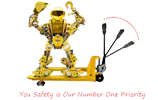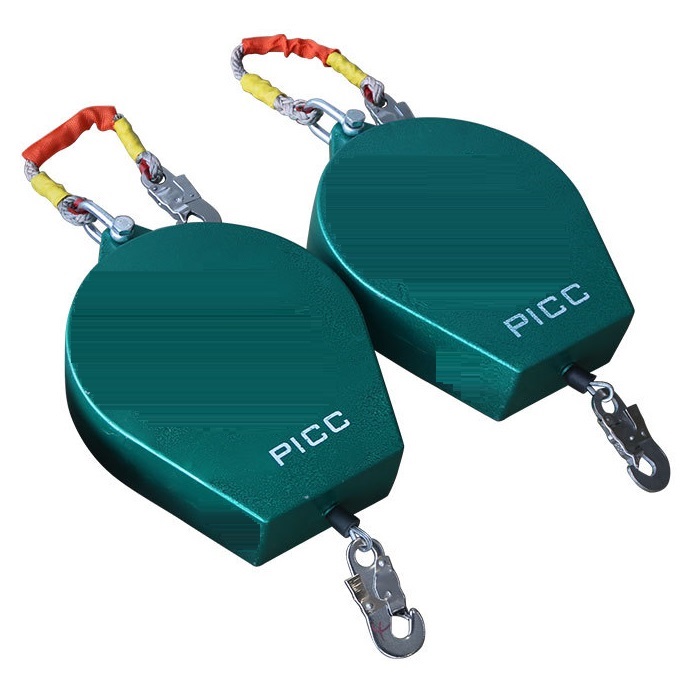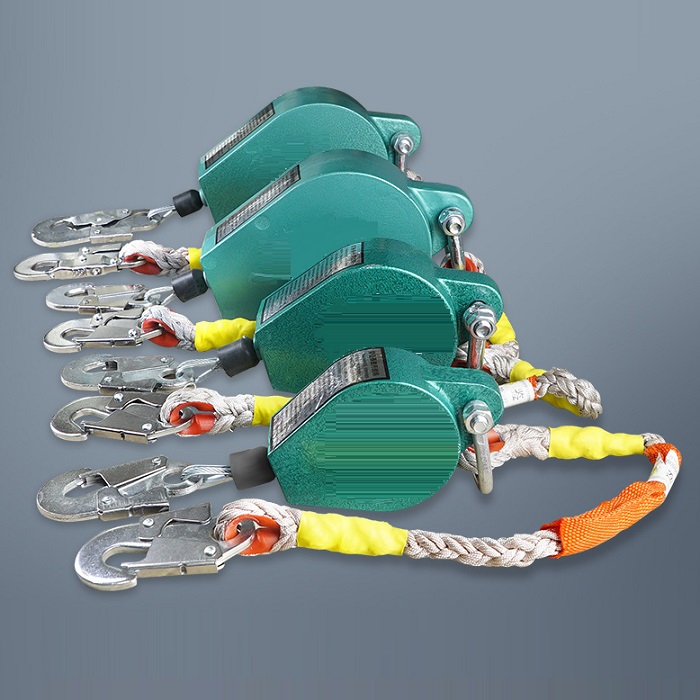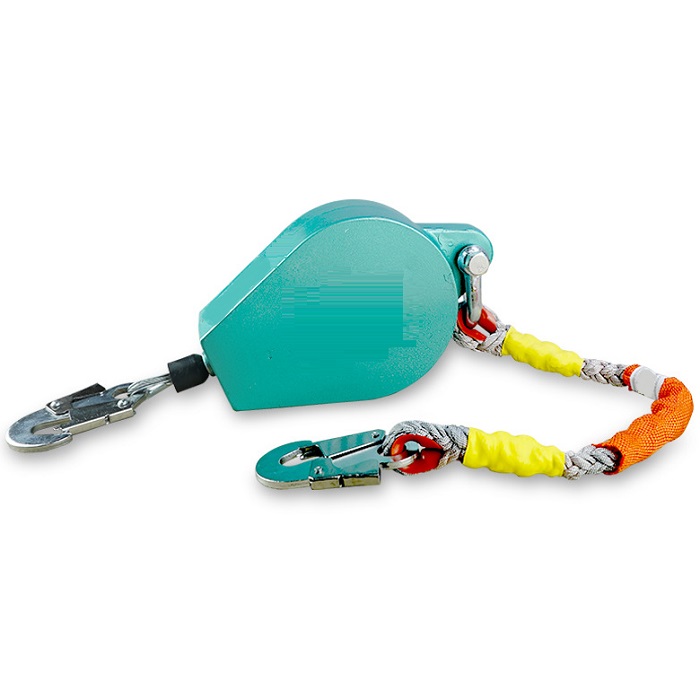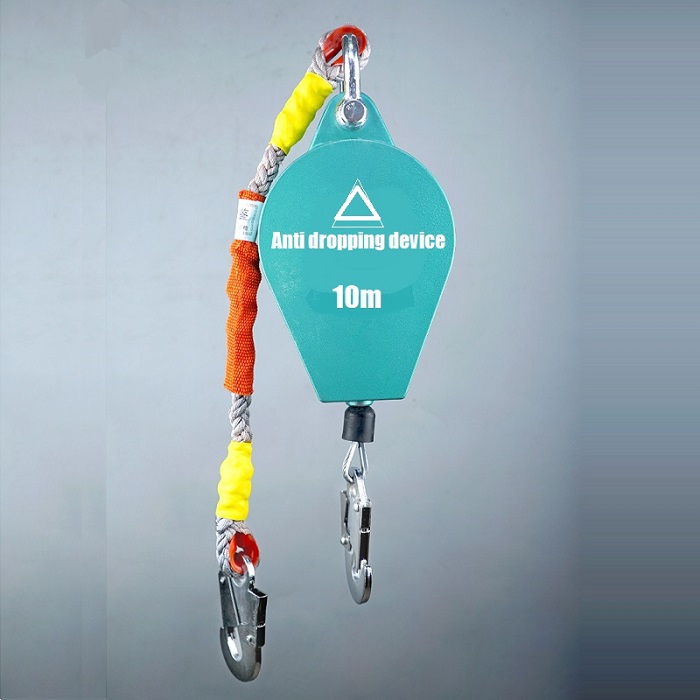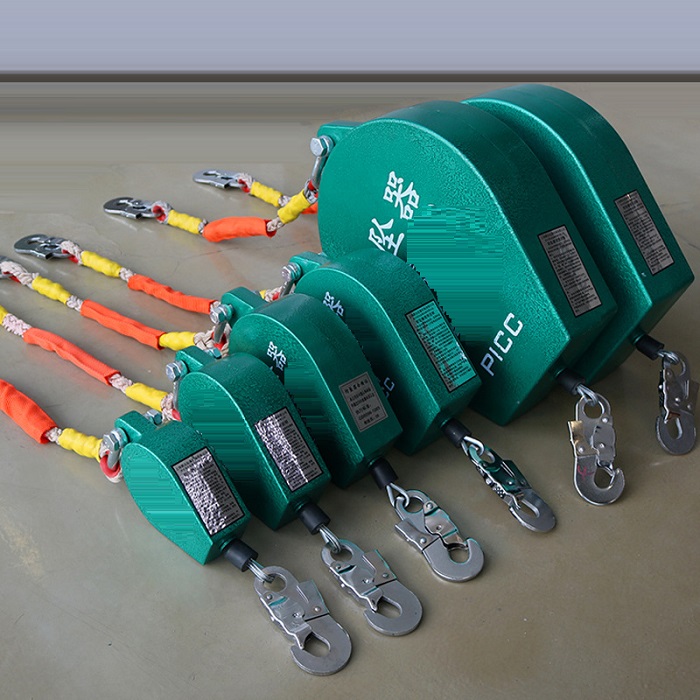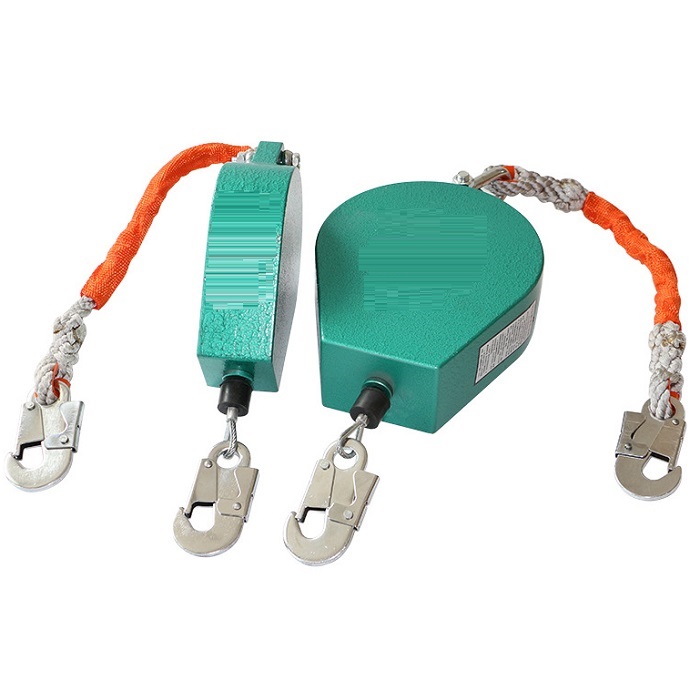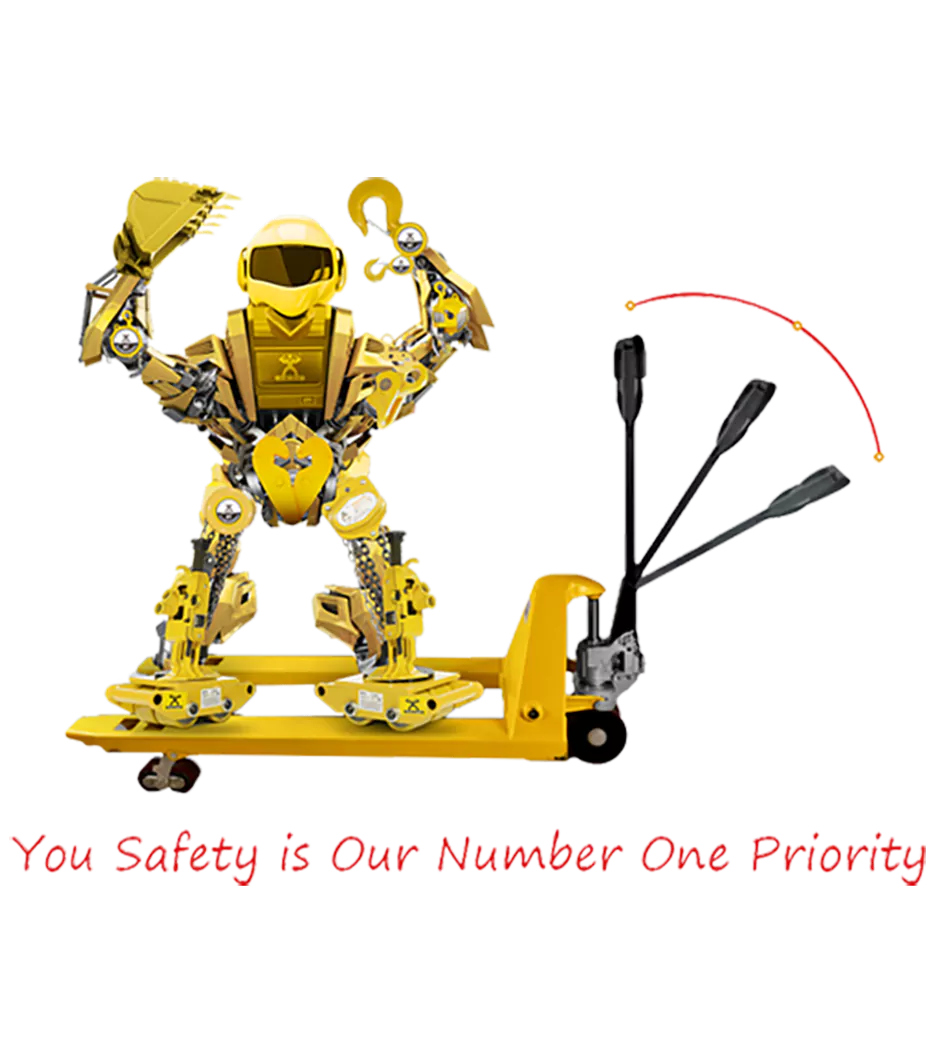In today’s fast-paced world, efficiency and convenience are paramount in every aspect of our lives, including our workspaces and homes. The advent of technology has revolutionized the way we approach various tasks, and one area that has seen significant innovation is lifting and hoisting equipment. Among these innovations, the mini electric hoist stands out as a versatile and indispensable tool for both professional and domestic applications.
Gone are the days of labor-intensive manual lifting and cumbersome traditional hoists. Mini electric hoists offer a compact yet powerful solution for lifting and moving heavy loads with ease and precision. Whether used in construction sites, workshops, warehouses, or even in residential settings, these ingenious devices have transformed the way we handle lifting tasks, making them safer, faster, and more efficient than ever before.
In this article, we delve into the world of mini electric hoists, exploring their features, applications, benefits, and considerations for choosing the right one to suit your needs. From their compact design and effortless operation to their impressive lifting capacities and advanced safety features, mini-electric hoists have earned their place as indispensable tools in a wide range of industries and settings. Join us as we uncover the power and versatility of these modern marvels of lifting technology.
Mini Electric Hoist:
A mini electric hoist is a compact and versatile lifting device powered by electricity. It is designed to lift and lower heavy objects in a controlled manner, typically in settings where space is limited or where larger lifting equipment may not be practical. Mini electric hoists consist of a motorized mechanism housed within a compact enclosure, equipped with a pulley system and a durable lifting cable or chain.
These hoists are commonly used in various industrial, commercial, and residential applications, including workshops, warehouses, construction sites, garages, and even homes. They are particularly useful for tasks such as lifting and lowering equipment, machinery, tools, and other heavy loads.
Mini electric hoists typically come with features such as adjustable lifting speeds, overload protection, and remote control capabilities for convenient operation. They are often mounted to a fixed structure such as a beam, ceiling, or support frame, allowing for efficient vertical lifting and positioning of objects with minimal manual effort.
Due to their compact size and ease of use, mini electric hoists offer a practical solution for lifting and moving heavy loads in confined spaces or areas where larger lifting equipment may not be feasible or cost-effective.
What are the key features and specifications to consider when selecting a mini electric hoist?
When selecting a mini electric hoist, several key features and specifications must be considered to ensure that it aligns with your specific lifting needs and requirements. Firstly, you should assess the hoist lifting capacity, which denotes the maximum weight it can safely lift. It’s essential to choose a hoist with a lifting capacity that accommodates the weight of the loads you intend to handle.
Additionally, you’ll need to consider the lifting height, which indicates the maximum vertical distance the hoist can raise the load. Make sure the lifting height meets the requirements of your intended application.
Another crucial aspect to evaluate is the power source of the hoist. Mini electric hoists are powered by electricity, so it’s important to check the voltage and phase requirements to ensure compatibility with your power supply. Moreover, consider the speed and control options offered by the hoist. Variable speed control can provide greater flexibility and precision during lifting operations, so assess whether the hoist offers adjustable lifting speeds.
Safety features are paramount when selecting a mini electric hoist. Look for features such as overload protection, emergency stop buttons, thermal protection, and limit switches to ensure safe operation and prevent accidents. Durability is also key, so assess the build quality and materials used in the construction of the hoist to ensure it can withstand regular use.
Consider the mounting options available for the hoist, such as ceiling mounting, beam mounting, or wall mounting, and choose one that suits the layout of your workspace. Remote control capabilities may also be beneficial for convenient operation, so determine whether this functionality is important for your application.
Ensure that the hoist complies with relevant safety standards and regulations by checking for certifications such as CE, UL, or TUV. Finally, consider the warranty period offered by the manufacturer and the availability of technical support and spare parts. A reliable warranty and support system can provide peace of mind and assistance in case of any issues or maintenance needs.
By carefully considering these features and specifications, you can select a mini electric hoist that meets your lifting requirements and provides reliable performance for your applications.
How does a mini electric hoist differ from traditional manual hoists and larger electric hoists in terms of functionality and performance?
In terms of functionality and performance, a mini electric hoist, compared to traditional manual hoists and larger electric hoists, presents distinct differences. Mini electric hoists operate solely on electricity, offering convenience and efficiency in lifting tasks, while traditional manual hoists require physical exertion from the operator through hand chains or levers.
Mini electric hoists typically have lower lifting capacities and heights compared to larger electric hoists, making them suitable for lighter loads and constrained spaces. However, they compensate for their smaller size with features like variable speed control, enabling precise lifting operations.
Conversely, larger electric hoists are engineered for heavy-duty lifting, capable of handling substantial loads and reaching greater heights, making them indispensable in industrial and construction settings. These larger hoists may lack the precision control of mini electric models but excel in sheer power and capability.
Ultimately, the choice between mini electric, traditional manual, and larger electric hoists depends on the specific lifting requirements, available space, and desired level of control and capacity.
How do mini electric hoists contribute to increased efficiency, productivity, and safety in workplaces?
Mini electric chain hoists play a pivotal role in enhancing efficiency, productivity, and safety across a spectrum of workplaces. Firstly, these compact yet powerful devices streamline lifting operations by significantly reducing the manual effort and time required for lifting heavy loads.
With their electric-powered mechanisms, mini electric hoists enable operators to effortlessly raise and lower materials with precision and control, thereby minimizing downtime and maximizing productivity. Moreover, mini electric hoists contribute to heightened safety standards in workplaces by mitigating the risks associated with manual lifting.
By minimizing the need for workers to exert physical strain during lifting tasks, these hoists help prevent musculoskeletal injuries and fatigue, thereby promoting a safer working environment.
Furthermore, many mini electric hoists are equipped with advanced safety features such as overload protection, emergency stop functions, and limit switches, which provide additional layers of protection against accidents and equipment damage. This ensures that lifting operations can be conducted with confidence and peace of mind, reducing the likelihood of workplace incidents and associated liabilities.
What are the primary applications of mini electric hoists in various industries including construction, manufacturing, warehousing, and agriculture?
Mini electric hoists find diverse applications across several industries, including construction, manufacturing, warehousing, and agriculture, due to their compact size, versatility, and convenience. Here are the primary applications of mini electric hoists in these industries:
- Construction:
In construction, mini electric hoists are used for tasks such as lifting building materials, tools, and equipment to elevated work areas. They are particularly useful for projects where space is limited or where larger lifting equipment cannot be accessed. Mini electric hoists facilitate efficient material handling on construction sites, aiding in tasks such as installing fixtures, lifting scaffolding components, and positioning structural elements.
- Manufacturing:
Within manufacturing facilities, Remote control electric hoist are employed for various material handling tasks on production lines. They assist in lifting and positioning components during assembly processes, transporting materials between workstations, and loading/unloading goods onto machinery or storage racks. Their compact design allows them to be integrated into confined production spaces, improving workflow efficiency and reducing manual labor.
- Warehousing:
Mini electric hoists play a crucial role in warehouse operations by facilitating the movement and storage of goods. They are utilized for tasks such as loading/unloading pallets, lifting heavy items onto shelving units, and organizing inventory within storage facilities. Mini electric hoists enhance warehouse productivity by streamlining material handling processes and optimizing space utilization, ultimately contributing to smoother logistics operations.
- Agriculture:
In the agricultural sector, mini electric hoists assist in various tasks related to crop cultivation, livestock management, and facility maintenance. They are utilized for lifting and transporting feed, equipment, and agricultural supplies, as well as handling tasks such as loading/unloading produce and moving livestock. Mini electric hoists help streamline agricultural operations, enabling farmers to efficiently manage tasks across their operations and enhance overall productivity.
Mini electric hoists serve as versatile and indispensable tools across a wide range of industries, enabling efficient material handling, improving workflow efficiency, and enhancing safety in various work environments. Their compact size, ease of operation, and ability to perform diverse lifting tasks make them valuable assets in construction, manufacturing, warehousing, and agriculture alike.
Conclusion:
In conclusion, the world of mini electric hoists offers a plethora of options from various suppliers, each boasting different features and capabilities to meet diverse industrial needs. However, amidst the myriad choices, if you’re seeking a professional company that not only provides top-quality products but also offers numerous perks and benefits, then look no further than Gongyou Lift Slings.
With a commitment to excellence, Gongyou Lift Slings stands out as the best option for all your mini electric hoist requirements. Whether you’re in construction, manufacturing, warehousing, agriculture, or any other industry requiring efficient material handling solutions, Gongyou Lift Slings delivers unmatched reliability, performance, and customer satisfaction. Don’t settle for anything less than the best. Contact Gongyou Lift Slings today and experience the difference firsthand.
